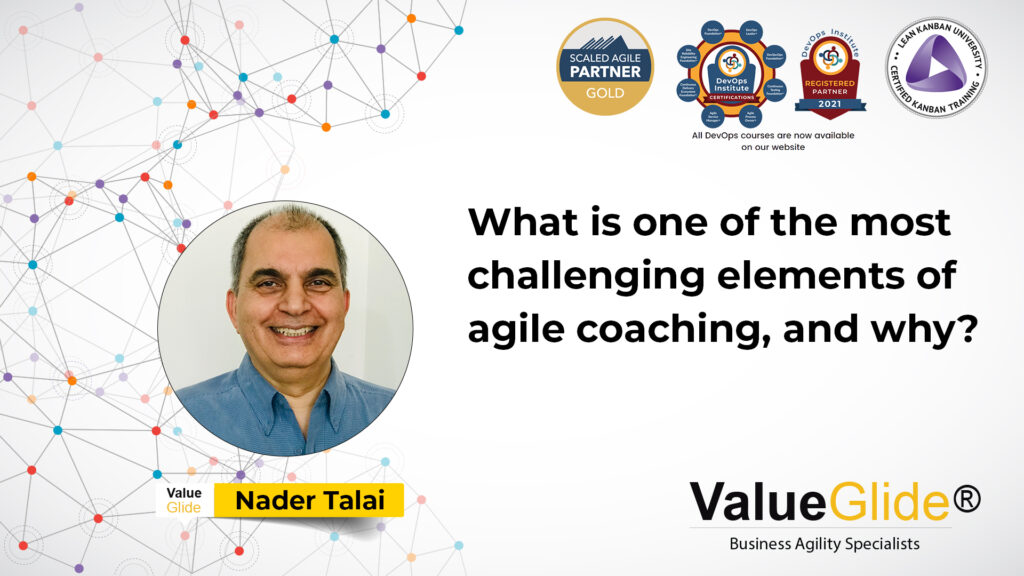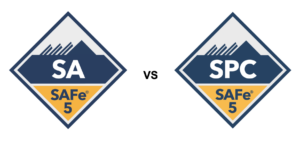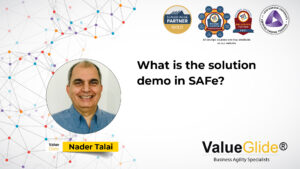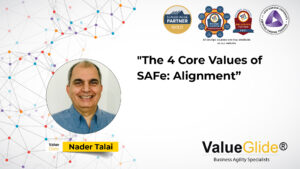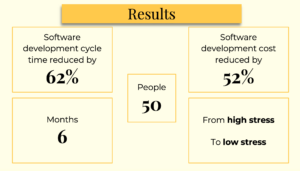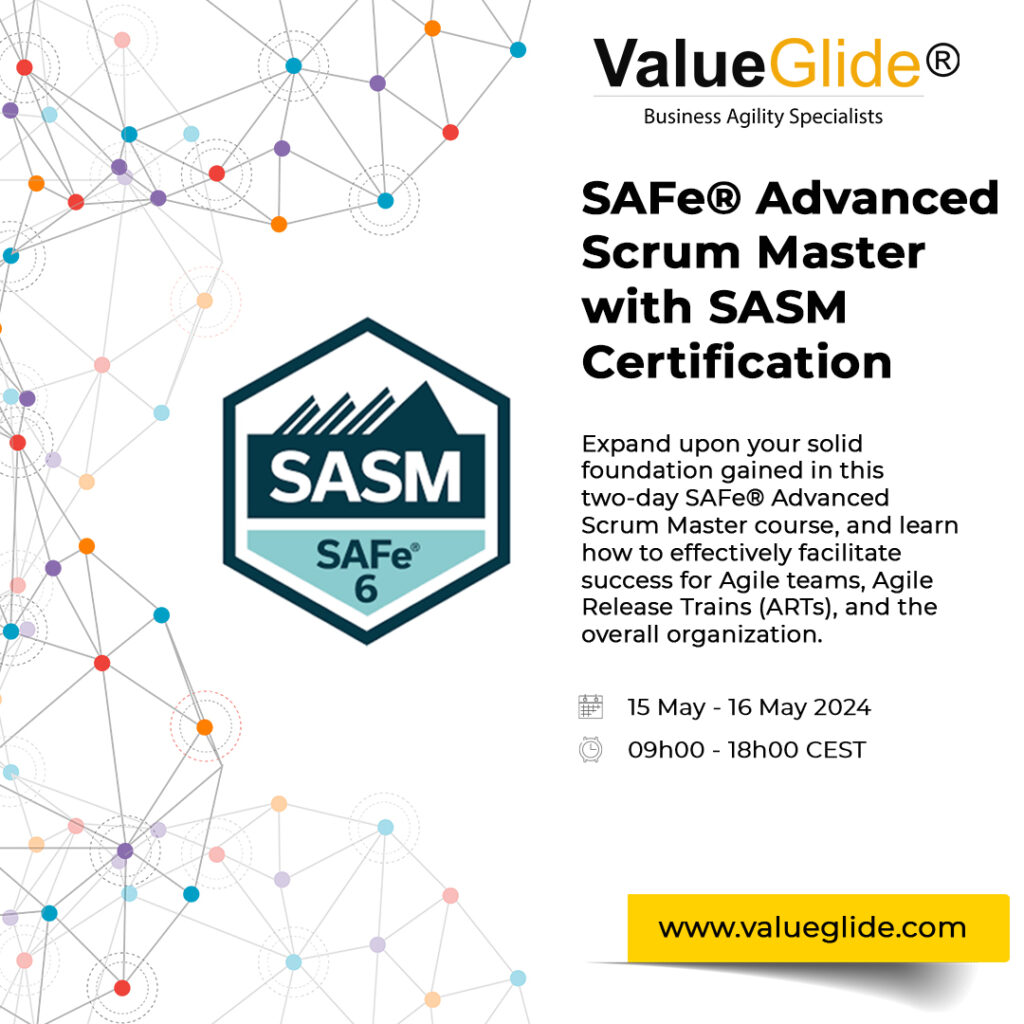What is one of the most challenging elements of agile coaching, and why?
One of the most challenging elements of agile coaching can be mastering the variety of different stances you need to adopt to help your client achieve the most valuable outcomes.
Coaching Stances
Early in the journey to agility, your client doesn’t necessarily benefit from agile coaching exclusively because they don’t know the answers, aren’t familiar with agility, and have no frame of reference of product development to work with when attempting to work through your coaching sessions.
You need to be part teacher, part coach, part consultant, part mentor, and part trainer if you are going to help that client or organization successfully adopt and implement SAFe.
In the beginning stages of the engagement, you sometimes need to lead the way because you have the knowledge and experience to do so. You need to show the team what needs doing and allow them to witness SAFe or Agility in action before they can have a crack at it themselves.
There is no point in coaching someone who has no frame of reference for what you are doing.
Part Sage and Part Guide
They need to experience SAFe for themselves, and they need to have witnessed how the agile framework reveals problems or obstacles rather than solves them. They need to understand that Agile, and SAFe, require deep interaction and engagement to extract the most value.
Only once they have been a part of the process and experienced SAFe in action can you begin to think about the agile coaching element of your engagement. They will have a lot of questions and a lot of insights because of their experience, and that you can begin to work with as a coach whilst easing off the consulting and training elements.
Once the individuals in the SAFe environment are practiced enough to embody the thinking, mindset and culture of agility, that is where Agile coaching comes into it’s own and allows us to develop those mental models and encourage individuals to create their own path forward, in the unique context of their organization and application, through agile coaching.
Expert Assistance.
So, in the beginning of the engagement, you – as the agile coach and agile consultant – are making more interventions than you are coaching. It’s your expertise and experience that delivers the value to your client rather than your coaching capability.
This is why we insist on our agile coaches having deep knowledge and expertise as an agile practitioner before becoming an agile coach or consultant. If they don’t know how to do the work themselves and they can’t show clients how to do it, they have very little value as a coach.
Sure, a great executive or professional coach can help individuals with increasing their performance or decision-making capability, but in the context of an agile adoption, your coach or consultant needs to have deep experience in agile teams and as an agile practitioner first.
Agile Coaching
Once the agile team or team of teams is competent with SAFe, and have been through a number of guided iterations, the agile coach can then work with the team on discovering answers to problems and discovering better ways of working.
They would ask questions like:
- How did this most recent sprint or program increment go?
- What have you learned through that experience?
- What patterns are you observing?
- How are those patterns preventing you from achieving your goals?
- Why is it important to resolve these problems?
- What options are available to you, and which do you think is most likely to succeed?
And so forth.
A process of discovery, assistance, nudging in the right direction, and helping people become very clear about what they need to do next and what they need to observe during that experiment or trial.
Coaching toward a desired outcome.
The other challenge with agile consulting is that for coaching to be effective, there needs to be an end result or outcome on the other side worth aiming for.
It doesn’t need to be a hyper focused goal, it could be as fuzzy as saying that ‘we want more of this kind of outcome and less of that kind of experience’. As long as you have some kind of goal or end result in mind, that provides a good enough starting point.
We need to be able to make interventions in coaching with a destination in mind.
I like to think of coaching and refer to Agile Kata where they encourage you to think of someone in possession of a compass. If your desired direction of travel is North, anything that moves you in that direction is great. At the same time, even if you take a step West, that is fine because you have learned something through that journey.
You have to be responsive and adaptive in your journey if you are to achieve the desired outcome. You have to learn through what you are doing, and the evidence and data you gather, to inform what you need to do next.
The primary challenge with some Agile coaching engagements is that we have no clarity around what goals, objectives or direction of travel is important to the client. They don’t know and it can be tough to iron this out effectively.
Sure, that is the job of a coach, as well as an agile coach, to help you achieve clarity around goals and objectives, but it can be a challenging process because the paying customer or pilot sponsor may have very different goals and objectives in mind to the people that you will actively be working with at the coalface of agility.
That, for me, is two of the more challenging elements of agile coaching.
About Value Glide
Value Glide are a SAFe (Scaled Agile Framework) consultancy, coaching practice, and training specialist who work with organizations to align business objectives with customer needs and wants.
As deeply experienced agile coaches and practitioners, our team are invested in continuous learning through each client engagement and use the data and evidence we gather from each implementation to inform our training, coaching, and consulting services.
In a nutshell, empirical process control or empiricism.
If you are thinking of adopting agile within your organization and have identified SAFe as a great agile framework to adopt, implement and improve your business agility, visit our SAFe Quickstart ART Launch program page or view our SAFe Consulting Services page.
If you have identified a need for an agile coach and SAFe coach to help your organization adopt and implement SAFe, visit our SAFe Coaching Services page.
If you want to know more about SAFe and how to lead SAFe, visit our SAFE Training page for a host of options, from Leading SAFe to a SAFe Release Train Engineer course.
#SAFe #scaledagileframework #scalingagile #agile #agileframework #agilecoach

